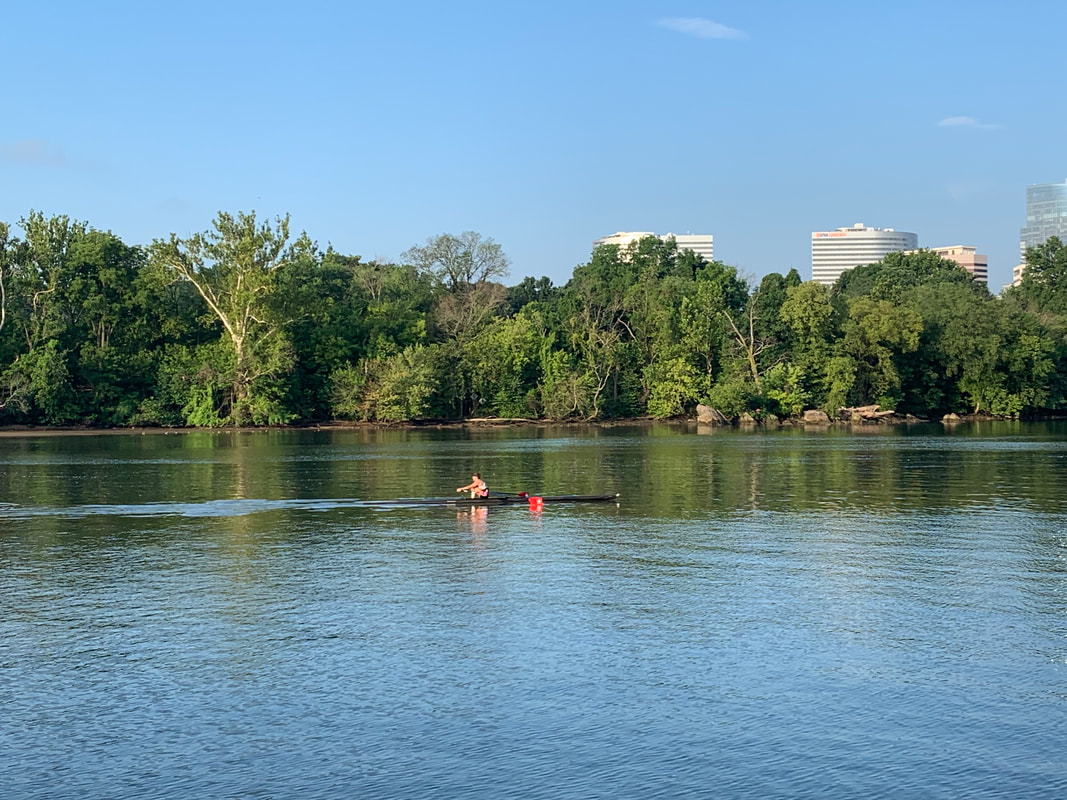|
Clients often struggle to balance environmental protection, control their costs, and reduce risks. They ask us for guidance on these matters at a growing rate. Mistakes are costly and often irreversible. Solutions that integrate natural resources with hazard reduction are increasingly cost effect in the short and long term. But these solutions have to be planned and implemented correctly. In the aftermath of the SE Asia tsunami there was high interest and investment in mangrove restoration. At least 80% of the efforts failed. Poor planning and implementation, planting of mangroves in unsuitable habitats, planting of wrong species are among the reasons why. These kinds of mistakes can be avoided. Here are 10 practical and strategic “how to” actions that are based on our experience.
1. Do no harm. In a time when nature is under threat, there’s often an unstated assumption that attempts to restore biodiversity and ecosystems carry no negative consequences. But building with ecosystems can have harmful effects if projects are not properly evaluated or carried out. Introduction of non-native species, attempting to establish species or ecosystems in unsuitable habitats, restorations that create future health or economic risks are not positive actions and need to be avoided. Assess the positive and potential negative impacts of any nature-based project. 2. Identify the problem/problems to be solved. It is not unusual for clients or entities to define an important part of a problem the face and fail to articulate their deeper expectations or needs. Defining the problem is more challenging than generally perceived. Spend time in assessing the full suite of issues on the table to be solved, and the role that ecosystems can play in solutions. This will take more time than you imagine but it is one of the most critical steps. Otherwise you may solve the wrong problems or priorities, albeit very well. 3. Identify and assemble the best-qualified team. The previous step (2) will enable you to define the expertise and skillset needed for the team. For instance, when working on endangered species issues as part of a major and controversial restoration, our client initially felt that we needed a panel of endangered species experts to resolve problems associated with their potential extinction and recovery. However, as we worked to understand the issues more deeply, it became clear that involving habitat experts, hydrologists and engineers would be critical to finding a solution. By engaging the best and a complete team we were able to provide real and workable solutions. We were also able to get to solutions quicker because the right team was in place. Be comfortable knowing that you will likely have to reach outside your domain for the right expertise - just because you don’t know it doesn’t mean it’s not important. The right team matters. 4. Listen to the community but be professional. Community concerns, knowledge and wishes must be taken into account. Otherwise the risk of failure is high. However, for modern challenges, these projects need the best of human know-how. They are and should be considered professional undertakings that will involve expert knowledge, high-level skills, and professional judgment. 5. Understand the system or systems. Invest in knowing the system. What are key dynamics, drivers, current conditions and likely system performances overtime and under different scenarios? What ecosystem services are expected? What is the likelihood that the project can deliver them and at what levels of performance and confidence? How will the ecosystem interact with all the other activities and developments? Addressing these kinds of questions generate long-term solutions. 6. Risks and Uncertainty. Be honest with clients and communities about the risks and uncertainties. These are the two elements that most frame their decision space. Individuals and entities are more able and comfortable making decisions when these presented to them. Too often risks are identified without uncertainty or vice versa. Situations where risks are high and there is high uncertainty require different decision-criteria to situations of low risk and high uncertainty. 7. Identify the range of options that offer solutions. Consider tradeoffs, costs, and expectations associated with each option. For instance, an ecosystem-based approach may be at best an experimental solution. This can be a viable and ethical option if the community is informed, on-board, and proper precautions and monitoring are included. Where possible evaluate the benefits and losses associated with an ecosystem-based, a hybrid (ecosystem-engineering mix), or engineering solutions. 8. Address practicalities. How workable are the solutions given factors such as governance, regulations, scale, community acceptance, financing or other restrictions? Evaluate each alternative in relation to practicalities, and articulate the range of solutions to communities and clients. 9. Prepare all elements of the project for implementation. Prepare appropriately, especially when projects require many inter-dependent steps. 10. Monitor and report. Monitor the results. Use an adaptive management approach so that current and future projects can learn from the effort and in order to continually improve decisions and implementation. Report transparently, clearly and often to clients/stakeholders.
1 Comment
|
AuthorDeborah Brosnan Archives
December 2019
|


 RSS Feed
RSS Feed